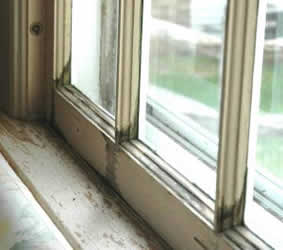
Figure 1 - Rotting window and window frame sill
Replacement windows not only save on energy costs but the aesthetics of replacement windows will definitely increase the value of your home.
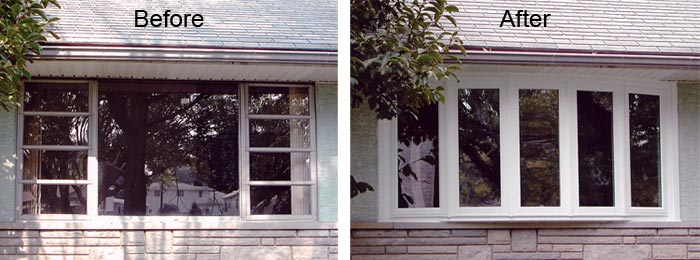
Figure 2 - Before and after replacement windows
As with many home improvements, you face a vast variety of choices in replacement windows, not only in the basic styles of the replacement windows, but in the material used for the replacement window frames and how it is finished, as detailed in Table 1. Because replacement windows are not inexpensive, it is important that the homeowner spend some time considering the replacement window options that are available.
The installation of replacement windows is a project that the home handyman can undertake. However, the installation of replacement windows is usually a two person project. One advantage to the purchase and installation of replacement windows is that there is no need to replace all the windows, or if you want to replace all the windows, to do all of the windows at the same time. Many homeowners will spread the installation of replacement windows over a number of years. From an aesthetic and work organization standpoint it is always recommended that you complete a side of a home all at the same time and that all the replacement windows in any specific room be done at the same time.
Additional information on window styles
Aluminum |
Aluminum windows, as shown in Figure 3, have been around for decades. But they have some inherent downsides. They transfer heat and cold extremely well and hence they are known to sweat in cold, climates which can damage drywall and wood window sills and trim. In areas where salt air is prevalent, they tend to pit as salt is a corrosive to aluminum. |
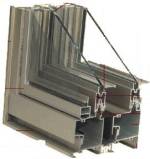 Figure 3 - Aluminum window frame |
Clad |
A clad window is manufactured from wood. The inside of the frame, the part that is visible in the room is either stained or painted. The outside of the frame is clad in either a vinyl, as shown in Figure 3, or an aluminum skin as shown in Figure 5. The cladding protects the wood from the elements and provides a durable very long-life window frame. Vinyl is best for colder climates and because the color pigment is throughout the material, scratches and other light surface damage is generally not noticeable. The thermal properties of vinyl are excellent as it does not transmit heat or cold well, giving you an added insulation factor. Aluminum also makes an excellent cladding, but it's thermal properties are not as good as vinyl as aluminum will transfer heat and cold. Aluminum can be painted if the frame is marred in the future. These windows are generally the most expensive of the replacement window group. |
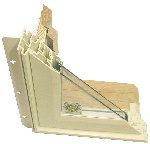 Figure 4 - Vinyl clad wood window frame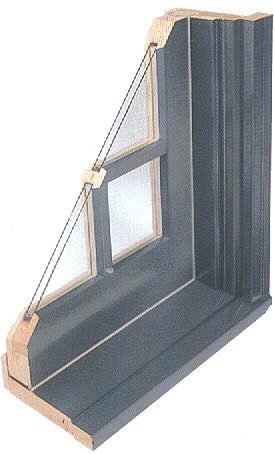 Figure 5 - aluminum clad wood window frame |
Fiberglass |
Fiberglass is not overly common because it is a relatively new material to be used on window frames. Fiberglass is usually used as the outside material of the window frame and combined with wood or vinyl tor the inside of the frame. Fiberglass has excellent thermal qualities for windows as it does not transmit heat or cold well. It accepts paint and does not bow, crack or split. It has a long life, and requires little if any maintenance. As more and more manufacturer's start making window frames from fiberglass they will become very popular. |
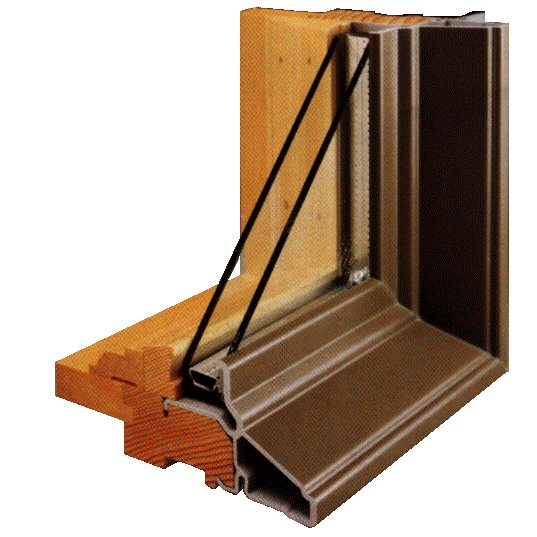 Figure 6 - Fiberglass and wood window frame |
Steel |
Although not common in residential applications, steel framed windows, as shown in Figure 7, are very popular in commercial applications because of there exceptionally long-life. The biggest advantage to steel windows frames is strength. They are the only window frames which can carry weight without buckling. They do require painting, although some manufacturers are now using a powder coat system which is the way vehicles are painted, and has a long life.. |
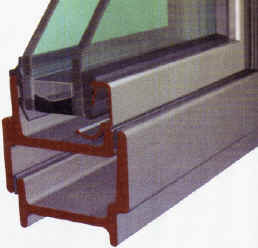 Figure 7 - Steel window frame |
Vinyl |
Window frames made from vinyl are the least expensive of all the possible choices. The vinyl window frame, as shown in Figure 8, is generally hollow although some manufacturers place a foam insert to provide some added insulation. The color is blended into the material so that scratches, and other marring will not show. |
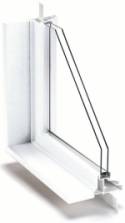 Figure 8 - Vinyl window frame |
Wood |
Wood is the classic building material, but when it comes to window frames, as shown in Figure 9, wood leaves a lot to be desired. Wood, especially when used in and outdoor environment is a high maintenance product. If not cared for properly wood will rot, split and warp. All that being said, very few other materials give the warmth and class of wood. If you are prepared to continue the ongoing maintenance wood window frames are an excellent choice. |
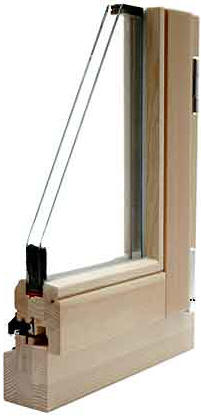 Figure 9 - Wood window frame |
